Bachelor's thesis
4 Months / 100%
(OCT 2023—FEB 2024)
WHY
The textile industry is a major contributor to the planetary boundaries being exceeded each year. 'Bacterial Filamentation' as a regenerative design research project envisions a future in which circular materials are bio-manufactured with a minimal consumption of resources by living organisms, thereby counteracting the overuse of planetary resources.
HOW
In an automated process, a yarn-like filament made from bacterial cellulose is fermented, harvested, washed, dried and wound up. The filament can be used to produce textiles, which have been explored through (basket) weaving and show potential areas of application—reinforcements, upper materials, soles, but also any type of textile is thereby envisioned. Adding natural colourants to the fermentation process creates vibrant colours and expands the possibilities to design and rethink the common dyeing process.
WHAT
Re-imagining the production of textile fibres by fermenting cellulose from bacteria in order to reduce reliance on monocultures, deforestation and oil production. A machine is built to automately filament bacterial cellulose in a micro-scale, and envision the scalability of the biofabrication.
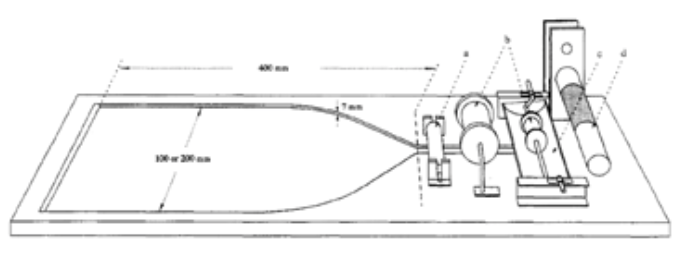
Hokkaido University, Japan 1997
Direct harvesting a BC filament
https://doi.org/10.1016/s01448617(97)00135-5
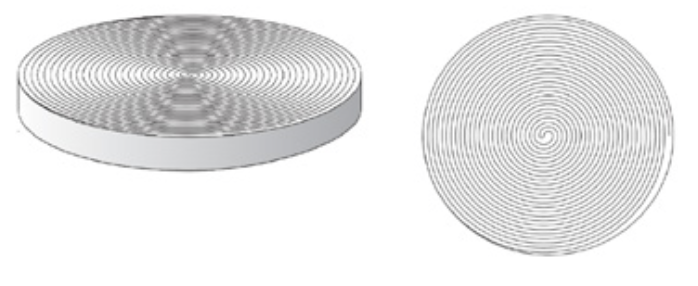
Royal College of Art, London 2023
BC grown as a filament in a 3D printed spiral
https:// doi.org/10.3390/ma16144893
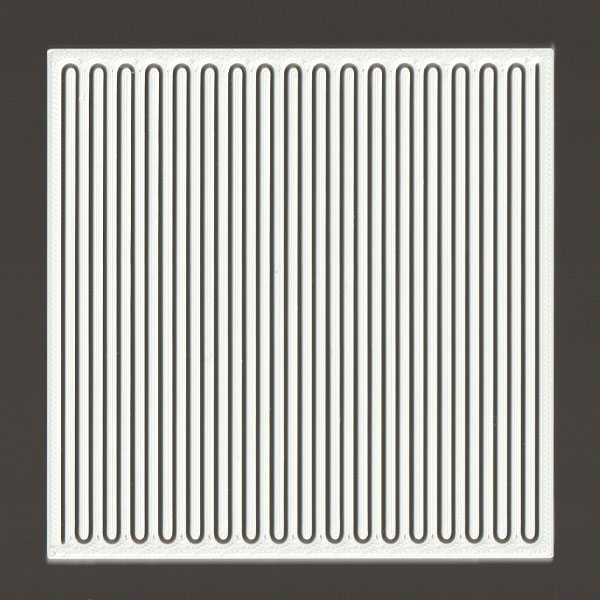
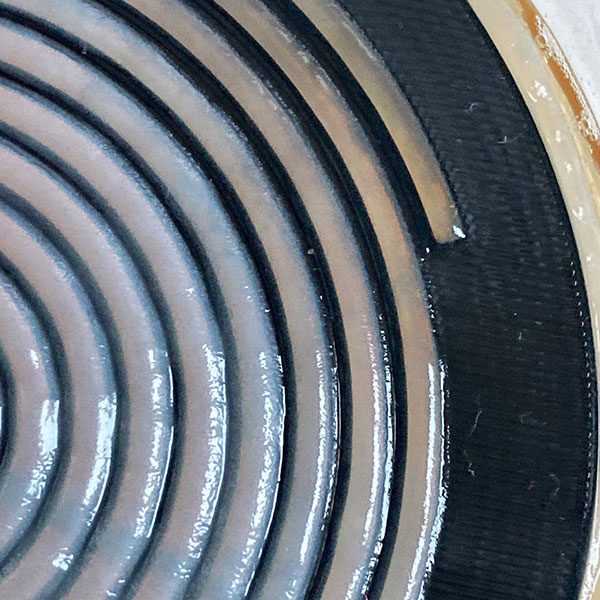

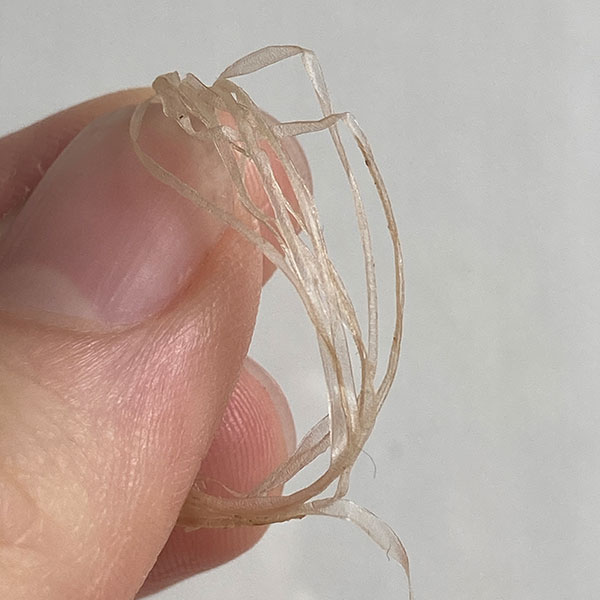

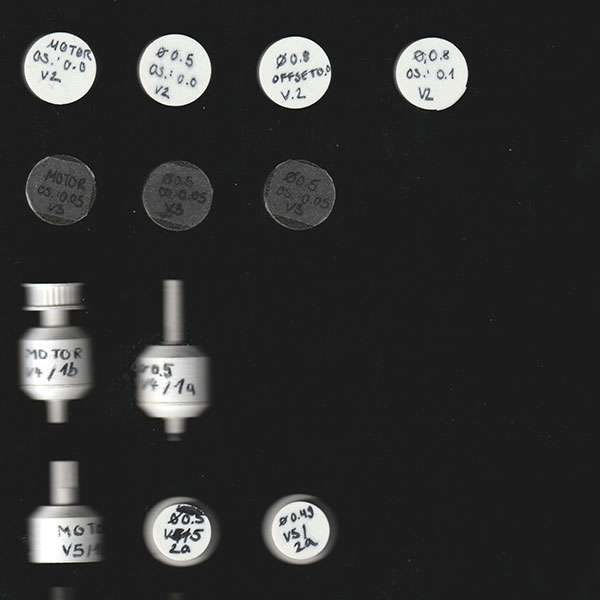
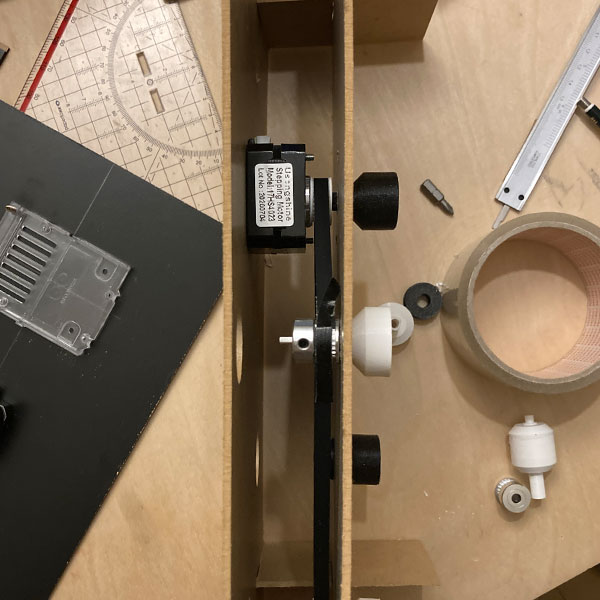


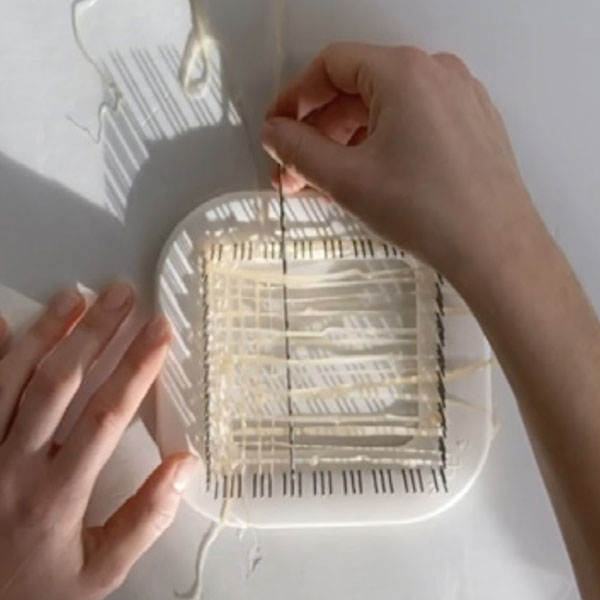
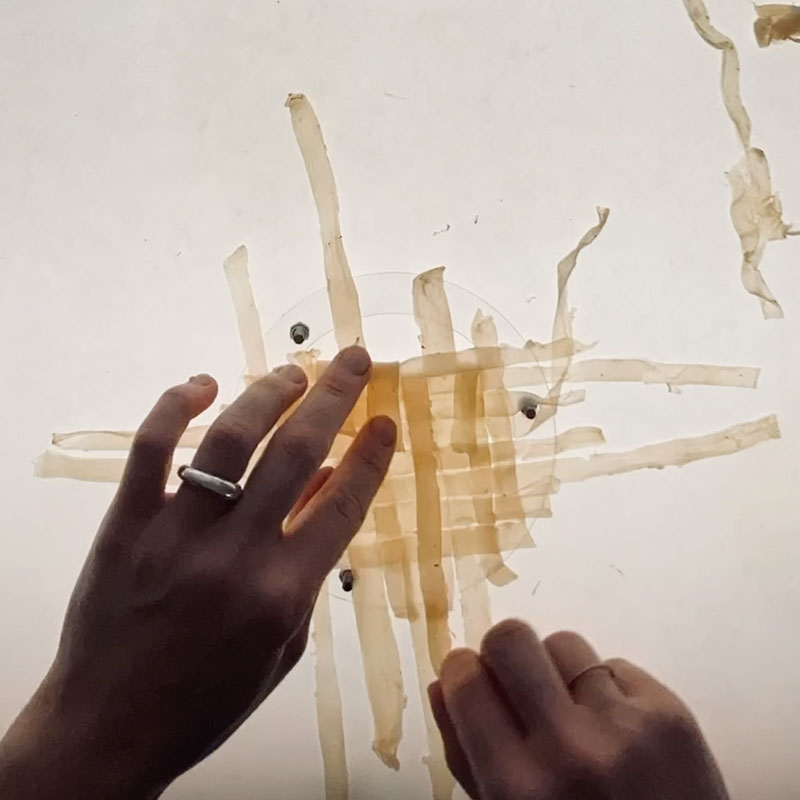
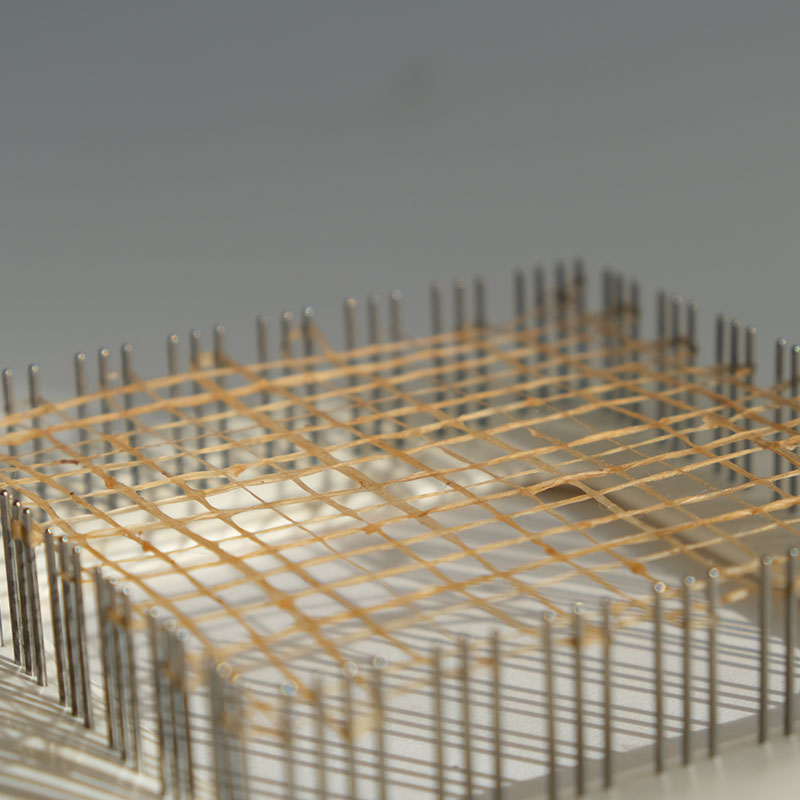
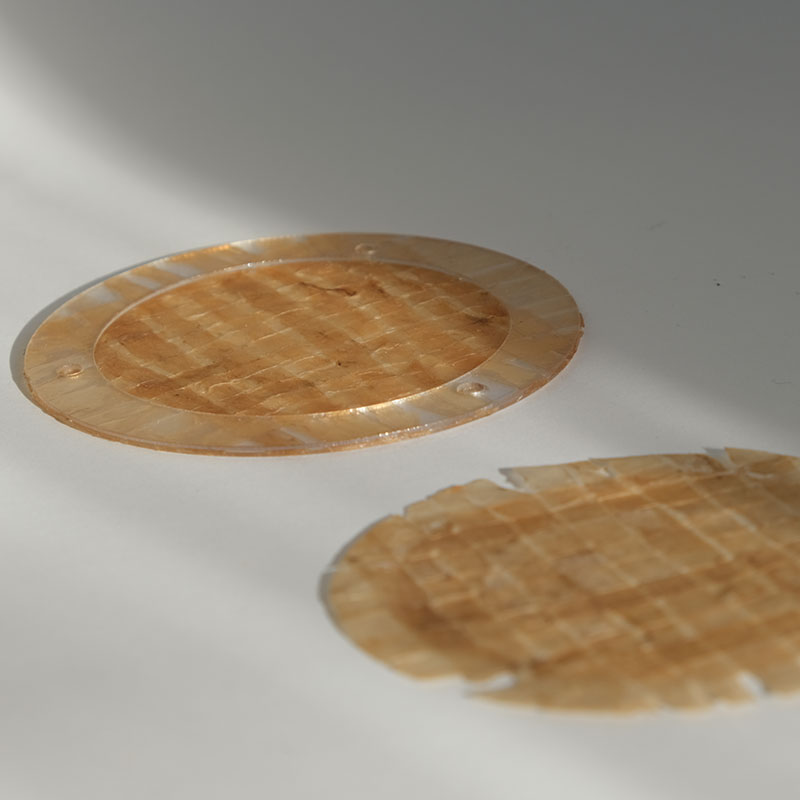
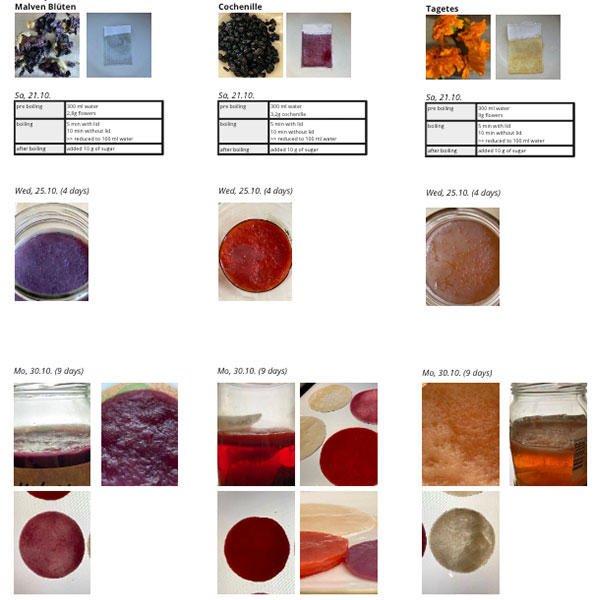
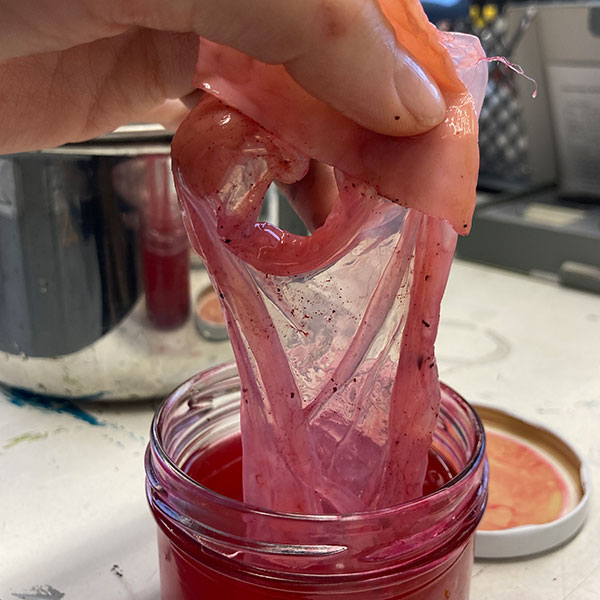
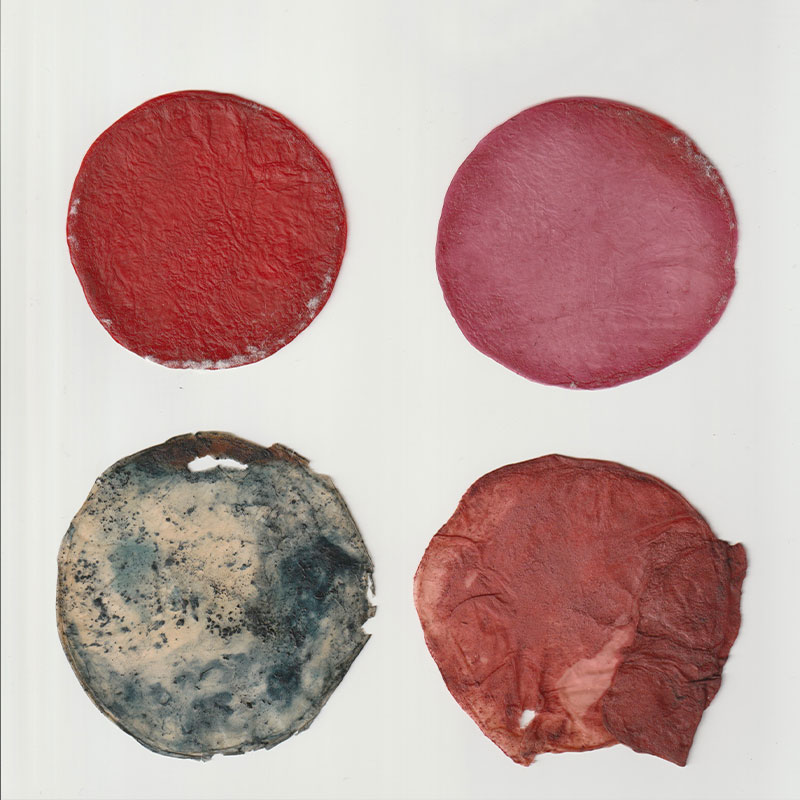
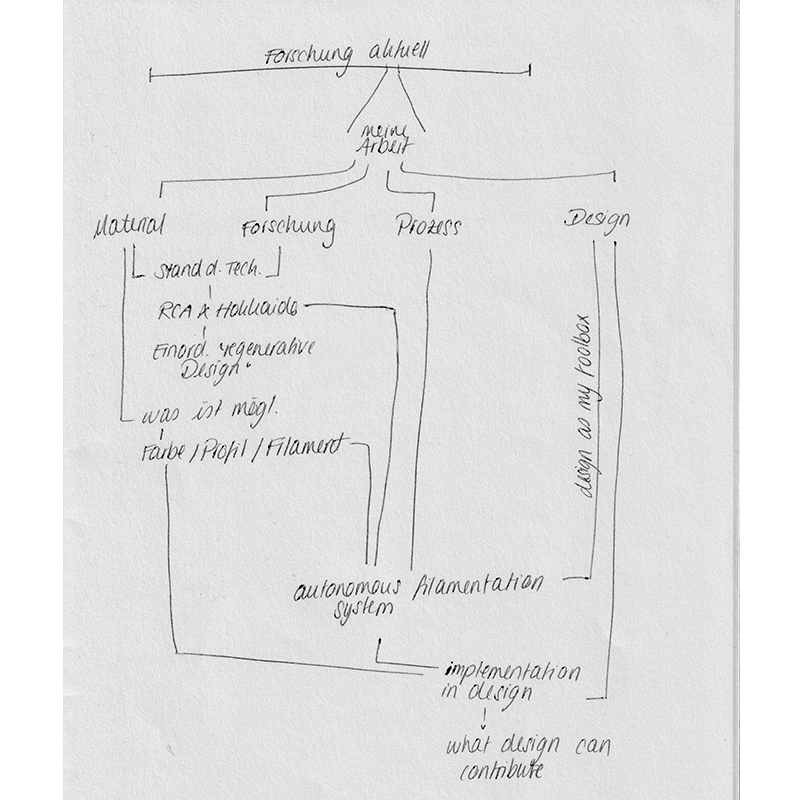
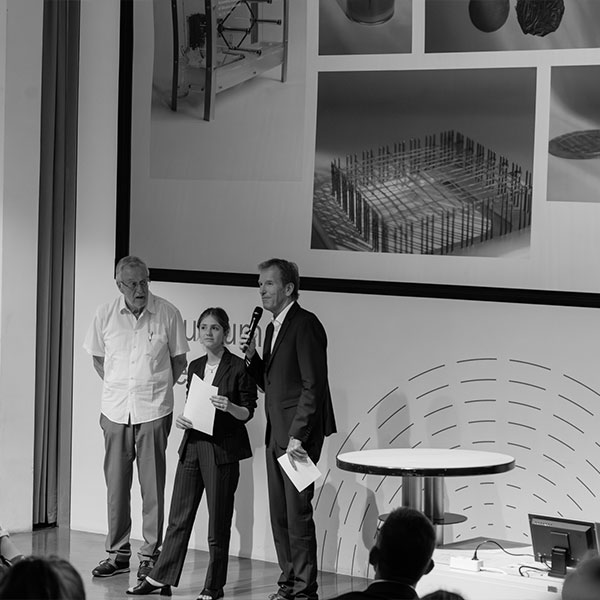 JUN 2024
JUN 2024
Award / Förderpreis, Rolf-Scheuermann-Stiftung
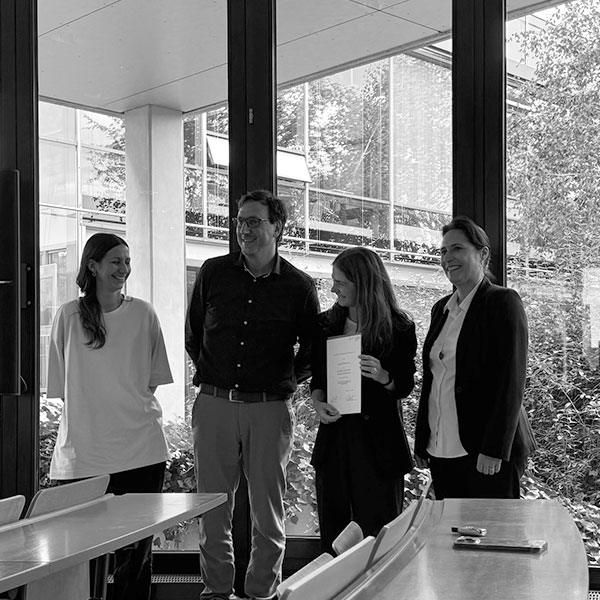 JUN 2024
JUN 2024
Research Excellence Award, Institute for Applied Sciences / Institut für Angewandte Forschung (IAF)
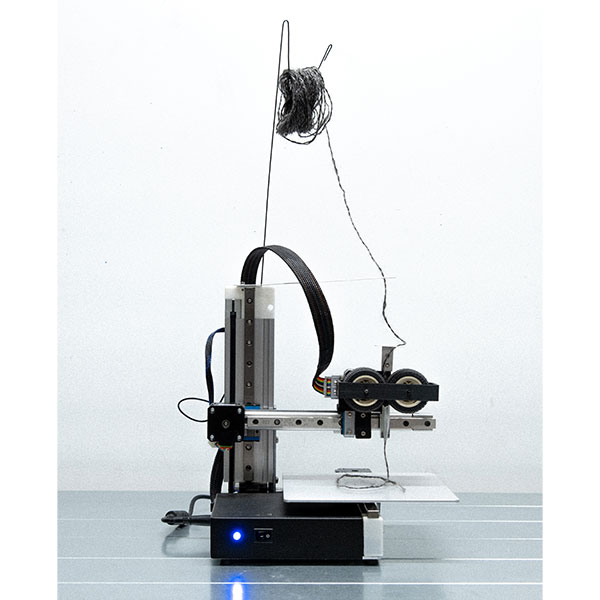 SEP 2024
SEP 2024
Kick-Off Bacterial 3D Printer
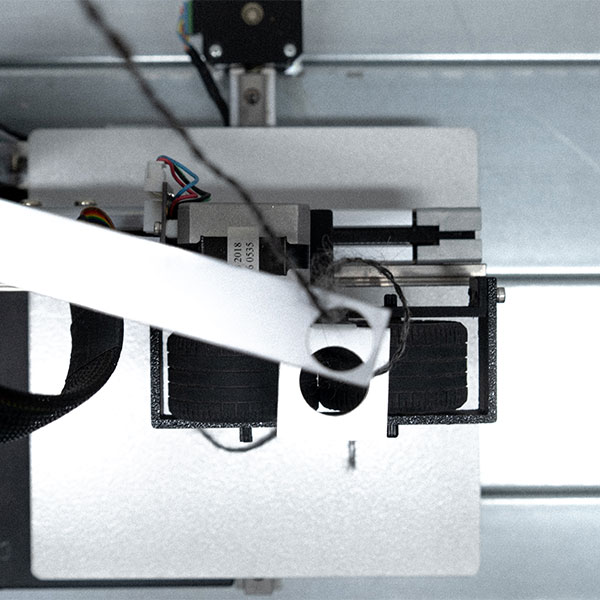
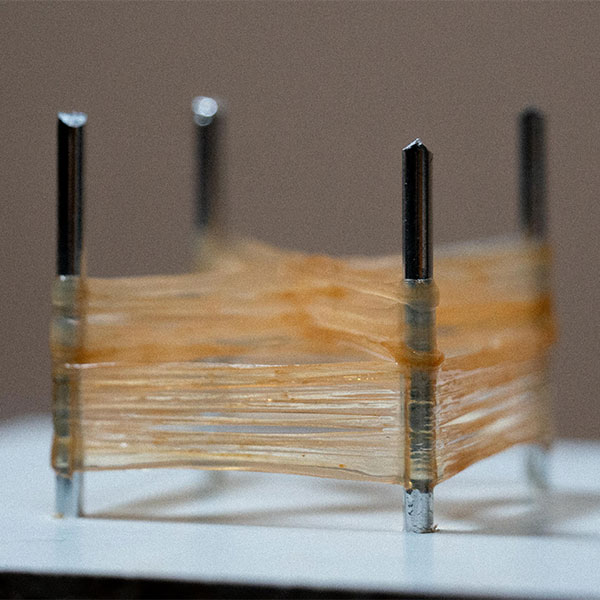 First Tests—Hand-Printing Filaments
First Tests—Hand-Printing Filaments